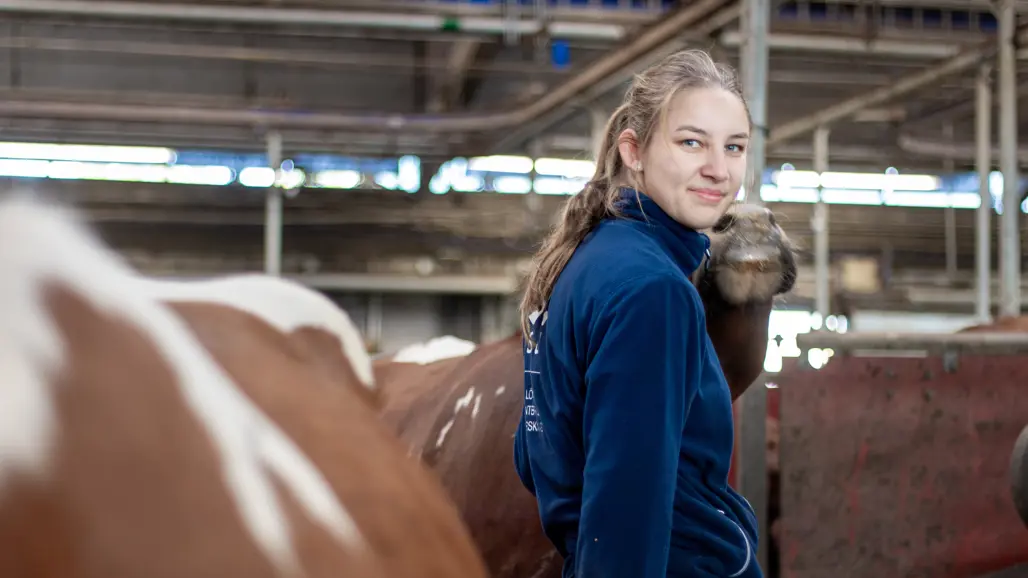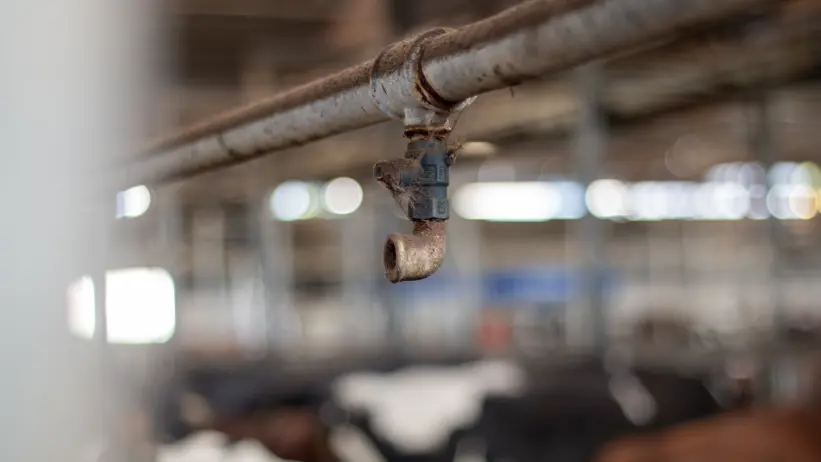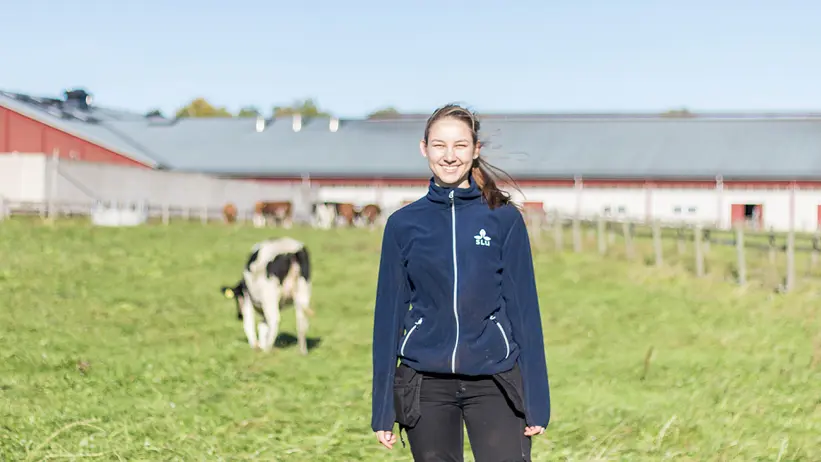
Can cows drink salt water? For sustainable food production in times of water scarcity
Can cows drink salt water? And do they really need as large amounts of water as often as is currently required by law? To that, science is now seeking answers: In a world where fresh water scarcity is becoming increasingly apparent, it may become a matter of priority between animals and humans.
In recent years, drinking water shortages, low groundwater levels and droughts have been a problem in large parts of Sweden. Lack of water creates problems for many farmers - and can ultimately lead to a situation where there is not enough water for both people and all farm animals.
Can cows drink salt water?
Humans cannot drink salt water, but what about animals? Previous research has mainly examined how well another type of ruminant, goats, cope with water of a certain salinity - and with good results. But when it comes to cattle in Sweden, there are still many questions to be answered.
The Baltic Sea: fresh and salty
The Baltic Sea is a water source that surrounds large parts of Sweden, so researchers are now asking whether the brackish water could be used for cattle. Cows grazing along the Baltic Sea already drink from the water - but no one really knows what the impact is.

... And do cows really have to drink as much water as they do?
To explore in depth the water savings that may be possible in the future, the researchers also want to investigate how much water cattle actually need to drink.
If it is possible in the future to use any of the water saving measures that the researchers will investigate, it is estimated that the demand for groundwater for dairy cows could be reduced by at least 30%, perhaps by 100% for suckler cows (for meat production) - without compromising either production or animal welfare.
In addition, the conditions of different breeds may vary, which is why the study will compare two different breeds: SRB (Swedish Red Cattle) and Holstein.
The goal: Changing legislation
In the short term, the research team hopes that, if the results show it to be feasible, the study could reduce both the need for fresh water in cattle farming.
In the fall of 2023, interviews with Swedish farmers are underway, and in early 2024, the first field studies with cattle at Lövsta are expected to start.
For better welfare and less competition for water between humans and animals
Doctoral student Lea Managos also emphasizes the importance of the project from a human perspective. Because the less fresh water needed for animals - the more there is left for humans. A priority that is not unrealistic to consider in the current situation.

Facts:
- The project and the PhD position are funded by Formas and are expected to run during the period 2023-2027.
- Is part of SustAinimal - a collection of projects at the Swedish University of Agricultural Sciences (SLU) with eight PhD students, a number of postdocs and several researchers to contribute to sustainable food production and agriculture.
- The project is mainly run by Lea Managos, PhD student at SLU, in collaboration with Anna Jansson, main supervisor and herself an active researcher at SLU. The team also includes researchers from SLU, Rise and Växa - as well as discussion partners such as the County Administrative Boards and the Swedish Farmers' Union (LRF).
The project is divided into three major parts - broadly described as:
- Interviews with Swedish farmers whose cattle are currently grazing on pastures along the Baltic Sea, in order to map the conditions for water for cattle in Sweden today.
- Field study on whether and how the growth of cattle is affected if they are offered brackish water from the Baltic Sea, or fresh water without salinity. Planned to be conducted during the grazing season (April-September) on at least two farms in the area around Kalmar, Öland or Gotland - where the highest salinity in the Baltic Sea is measured.
- Two parallel studies at Lövsta outside Uppsala with milking cows:
3a) Offer water with different salinity to milking cows to investigate if and how it affects milk production, physiology and behavior. Dairy cows of two different breeds, SRB (Swedish Red Cattle) and Holstein will participate, and be compared with each other.
3b) Investigate if and how dairy cows are affected by a limited water supply of fresh water (without salinity) from the aspects of milk production, physiology and behavior. Comparison between giving dairy cows free access to water, or offering water once a day - also a comparison between two different breeds.
Contact
-
Person
-
Person